Parent interviews reveal possible motivation for child marriage
Reducing rates of child marriage in India could improve the lives of girls. Undergraduate Garima Sharma spent a summer trying to understand why the practice persists.
When Garima Sharma was conducting research in Forbesgani, in Northern India, before her junior year at Stanford, she was bothered by the high rates of child marriage she saw in the region.
Girls who marry younger than 18 – the legal age for marriage in India – face double the rate of domestic violence, and are more likely to die during childbirth or have children who are malnourished. Why then are so many families in India compelled to encourage their daughters to marry young rather than get an education and a job?
“There are many groups working to prevent child marriage, but I think we probably cannot stop the practice unless we understand more about the family’s motivation for having their children married,” said Sharma, an undergraduate economics major.
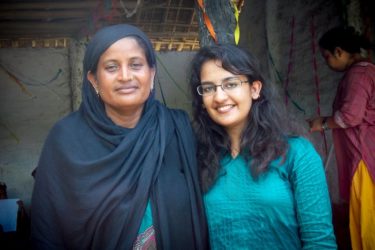
Image credit: Courtesy of Garima Sharma
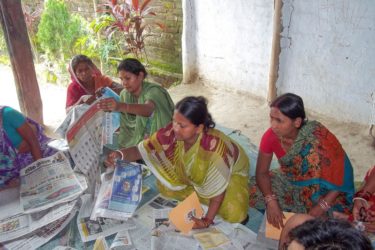
Image credit: Courtesy of Garima Sharma
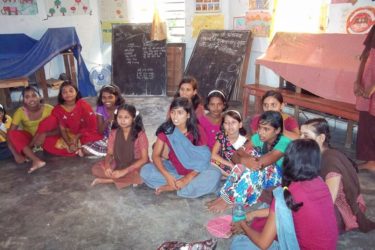
Image credit: Courtesy of Garima Sharma

Image credit: Courtesy of Garima Sharma
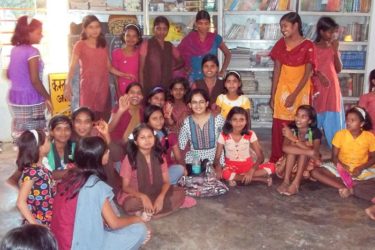
Image credit: Courtesy of Garima Sharma
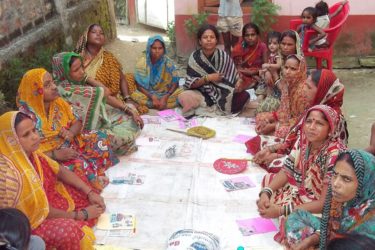
Image credit: Courtesy of Garima Sharma
Sharma proposed a research project working with Christine Min Wotipka, an associate professor (teaching) of education, in which she would interview local mothers to better understand their motivation.
“Doing the interviews you realize that we need to be thinking about why people are making the kinds of decisions they are making, as opposed to why we think they should be making decisions,” she said.
Sharma is doing her honors thesis through the Center on Democracy, Development and the Rule of Law, which is part of the Freeman Spogli Institute for International Studies. The program provides interdisciplinary support for students carrying out research projects with a global impact.
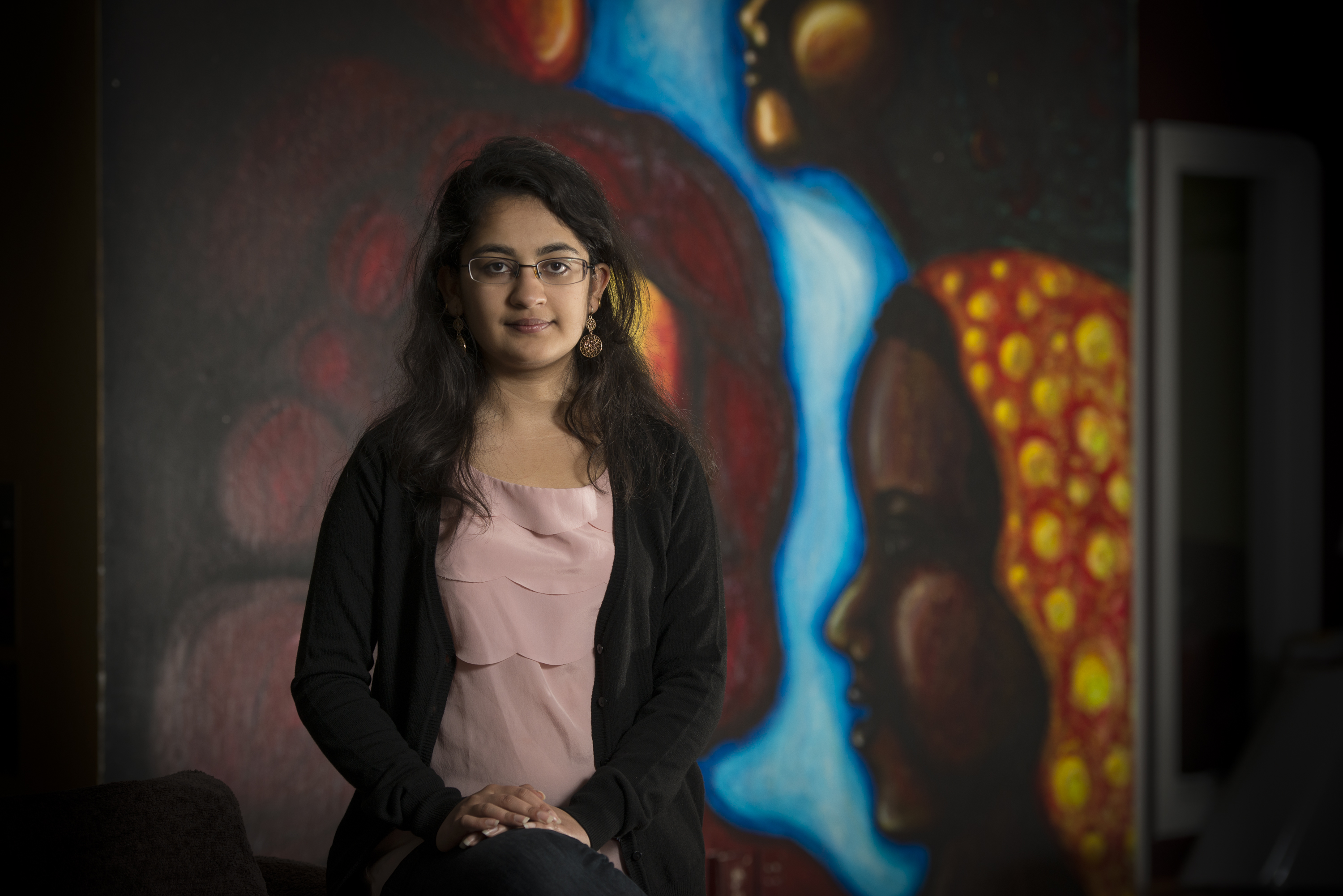
Student Garima Sharma. (Image credit: L.A. Cicero)
Sharma learned that the parents’ decisions come down partly to economics. Poor families often don’t have the resources to pay the higher dowry required if their daughters marry at an older age. Parents also say that in some cases they don’t want their daughters to get jobs because that is a sign of destitution, suggesting that her husband cannot support her.
Sharma also had some parents tell her that quitting school was the child’s choice and the family was helpless. “The parents will say that they don’t have agency over the decision of whether their child is going to get educated or not,” Sharma said.
Girls in this region often help with cooking, housework and caring for younger siblings in addition to going to school. “It’s a double burden for these girls to study and also do household chores.”
One explanation for early marriage claimed by some is that girls are increasingly entering into relationships at a young age. “Some mothers say that if you know your daughter is in a relationship, you might as well get her married because you don’t want the kind of shame that is going to bring,” Sharma said.
Sharma hopes her work will help guide further research into the factors that influence how parents make decisions about educating their daughters, and will eventually influence efforts to reduce child marriage. But the most important insights might be for her personally.
“I think carrying out this work will give me a better sense of where it is that I want to focus my efforts after I graduate from Stanford,” she said. “I’ve always been an activist and I’ve always been an advocate of education, and this work will inform future research that I may want to conduct.”
